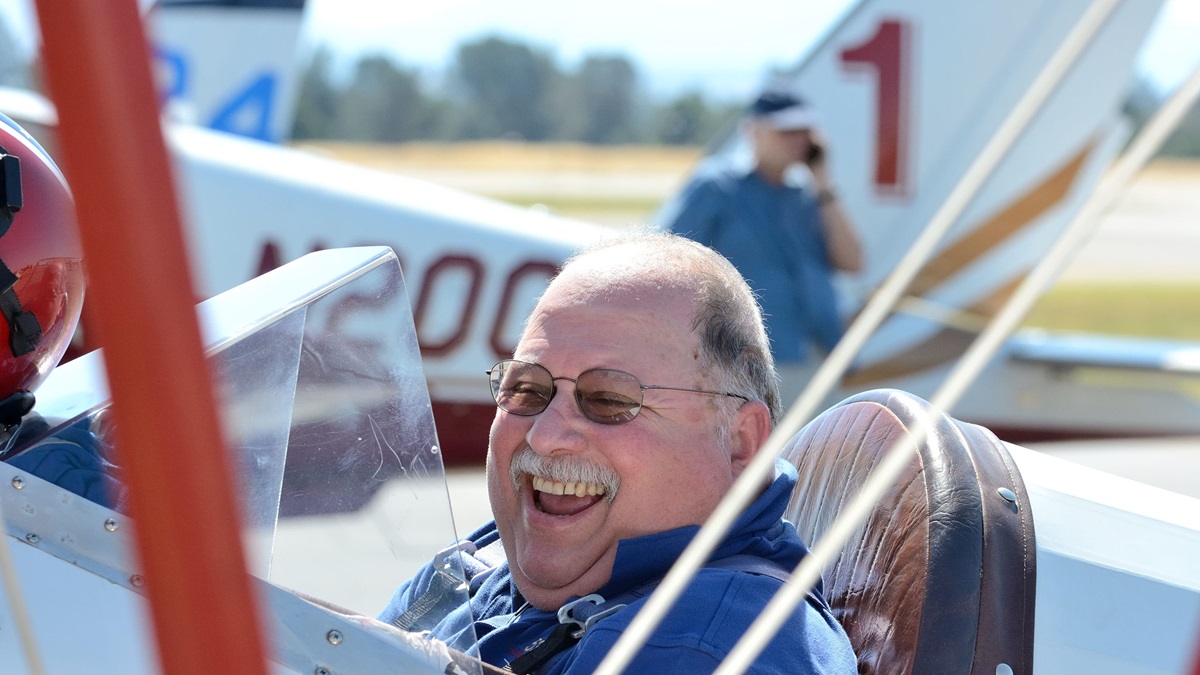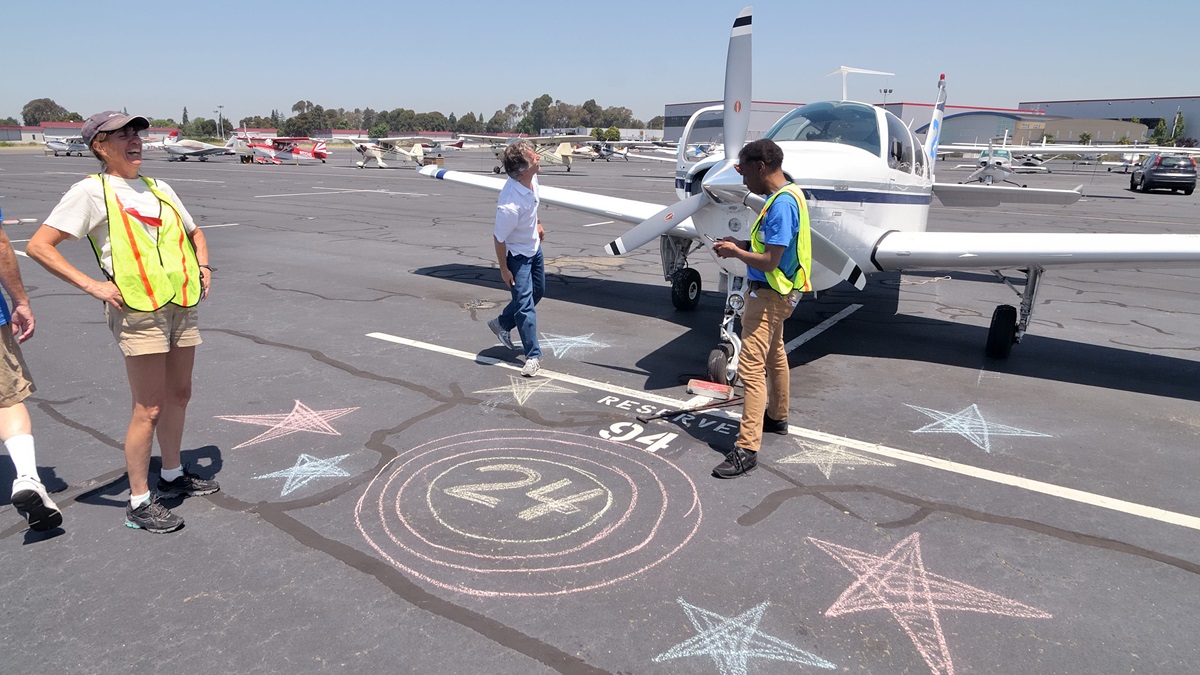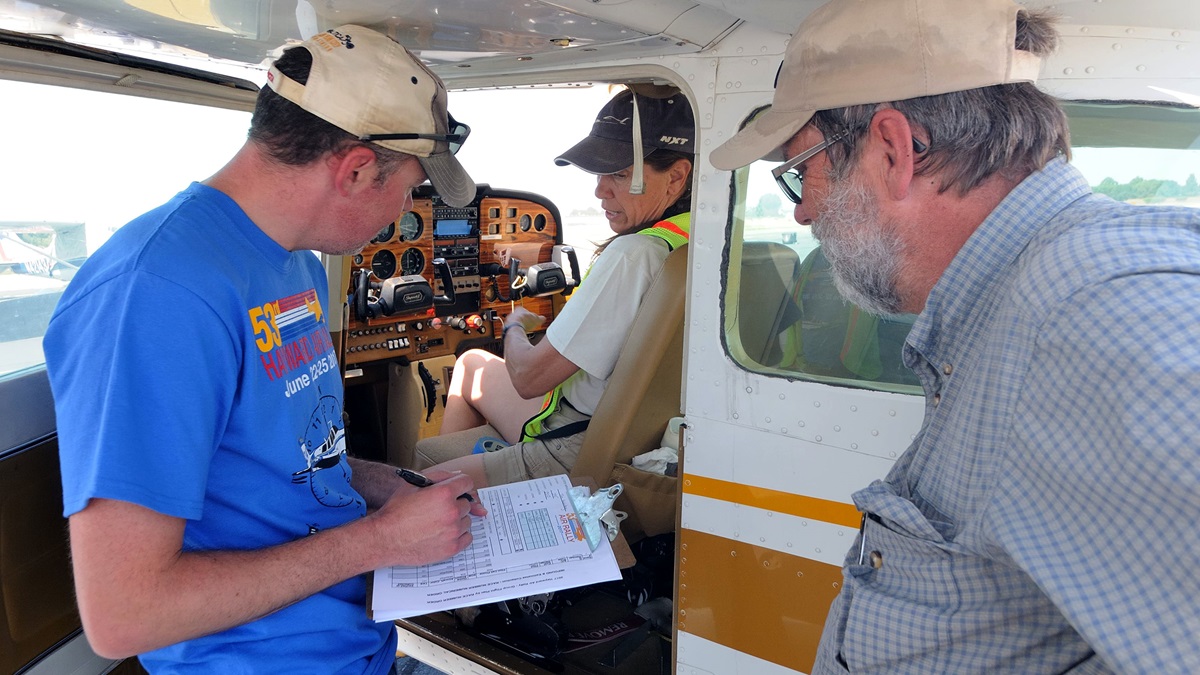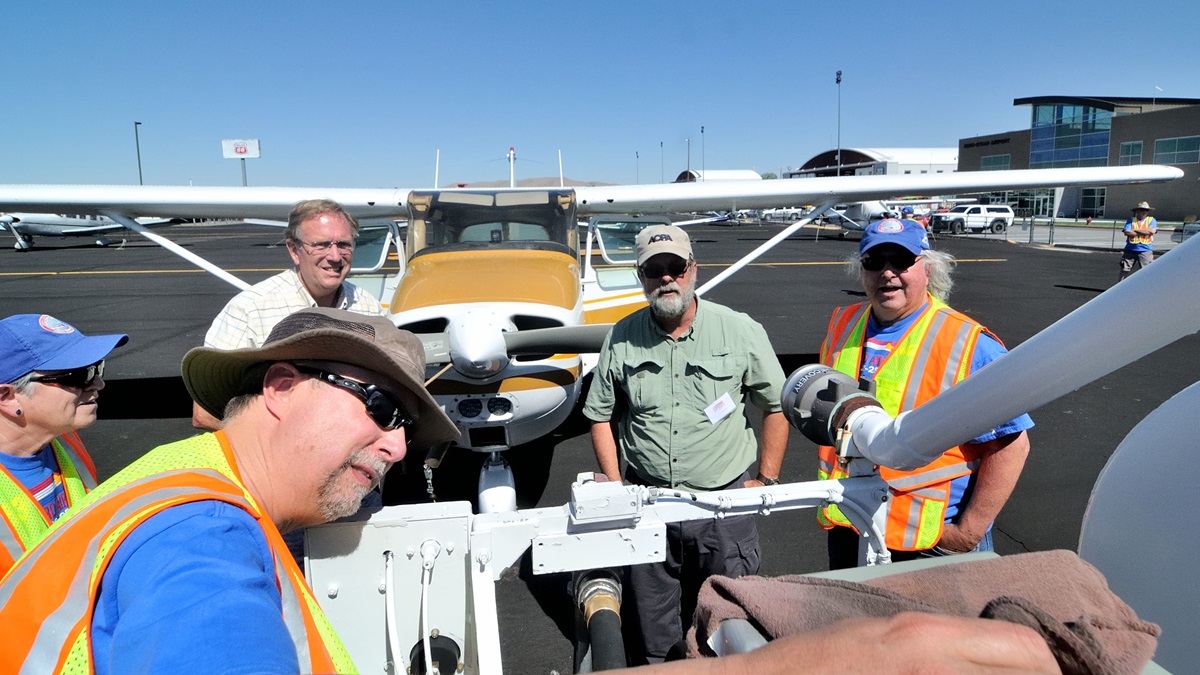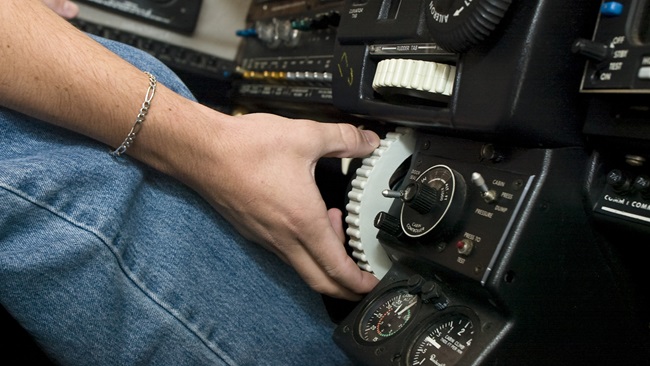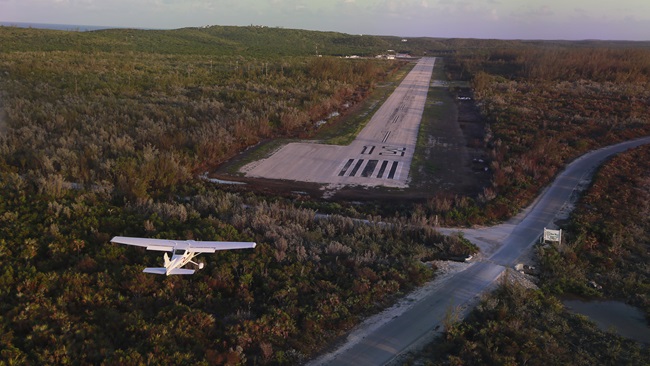Air rally cry
Pilots bemoan low fuel burn
It’s unusual—very unusual—to hear pilots complain that they burned less fuel than they calculated for a flight. But that was a common refrain following the fifty-third annual Hayward Air Rally June 22 through 25 featuring a course from Hayward, California, to Reno/Stead Airport in Nevada by way of Redding, California.
That’s because in this rally, crews are flying against their planned time and calculated fuel consumption—for every minute, and fraction of a gallon, higher or lower than planned, penalty points are assessed.
How important is accuracy in planning? The official course distance from Hayward to Redding was 210 nautical miles, and the leg from Redding to Reno was 297 nm. Chris Verbil, flying a Socata Trinidad TC, hit his planned time exactly on the second leg, and some other competitors missed leg times by as few as one to 12 seconds. Fuel consumption is based on the percentage of difference from calculated fuel consumption, and for most aircraft, a 1/10-gallon difference can be significant.
Tim Ronan and Michael Saboff won the event for their second consecutive year, flying a Beechcraft Bonanza. Their timing was off 3 seconds on the first leg, and only 1 second on the second leg; because they competed in the Digital class, its handicap factor means they lost 9 points for time on the first leg and 3 on the second. “This vaults them into the rarified atmosphere of the Masters Class,” a separate category for pilots who have won the regular rally more than once, explained Tom Neale, co-chairman of the Hayward Air Rally Committee. “Of course, now they have to compete against Race 73 and Race 20. That won’t be easy—those guys are good.”
This year’s rally saw its smallest-ever field of competitors, with 14 registered airplanes—one of which could not launch for the rally because of a failed magneto. However, its crew was able to hitch rides aboard other aircraft, and at the Redding fuel stop pilot Rod Fite became co-pilot for Mike Citro. Citro, flying a Piper Cherokee as Race 5, lost co-pilot Scott Allaway at Redding when he was called home by his pregnant wife. Neale, who did not compete this year, flew Allaway back to Hayward in time for the birth of his son, Nathan.
The rally normally consists of one flying day, with two legs, beginning from Hayward Executive Airport. However, for the event’s fiftieth anniversary in 2014, the rally was a three-day journey to EAA AirVenture in Oshkosh, Wisconsin.
Rally rules allow pilots to use digital instrumentation for navigation and/or measuring fuel flow; scoring handicaps are applied when digital instrumentation is used. Flight time must be calculated from a visual takeoff signal at the departure airport to a designated timing line near the end of the leg. Fuel consumption must be calculated from engine start at the departure airport to shutdown at the arrival airport; aircraft are fueled to a declared level—full, to the tabs, or another level—when the aircraft are impounded before the race, and refilled to that same level at each destination. Fuel-truck gauges are covered until fueling is completed.
Legs generally have three mandatory checkpoints. Most are identifiable features on sectional charts, but some may be presented only by latitude and longitude. Pilots must answer questions about each checkpoint—for example, if it’s an airport, the question might ask about runway condition or markings, or the color of a particular hangar on the field. GPS tracking devices and recommended digital photos of the checkpoints also can be used to provide verification. Identifying an optional bonus checkpoint on each leg provides a 20-point credit toward the racer’s score for that leg.
On the first leg of the 2017 rally, four crews misidentified an airport that was a mandatory checkpoint, instead seeing a model aircraft field about a mile away. Some pilots hypothesized that aircraft navigating digitally might have overflown the checkpoint so precisely that they couldn’t see it below—but three of the four aircraft misidentifying the checkpoint were using analog navigation.
The Hayward Air Rally is a not-for-profit 501(c)(3) charitable organization, and for several years has been providing scholarships—covering tuition and airfare—for young people to attend EAA’s Air Academy, a week-long summer camp held in Oshkosh. The 2017 recipients are Avery Apple, of Redding, California, a sophomore at Stellar Charter High School, and Jordan Luiz of Cottonwood, California, a junior at West Valley High School. "As part of our nonprofit mission, it is important to help seed the next generation of aerospace industry professionals, aircraft pilots, and aviation enthusiasts," said racer Chris Verbil, a member of the Hayward Air Rally Committee.
Full results of the 2017 rally are available on the website, where details of the 2018 Hayward Air Rally will be announced later this year.

